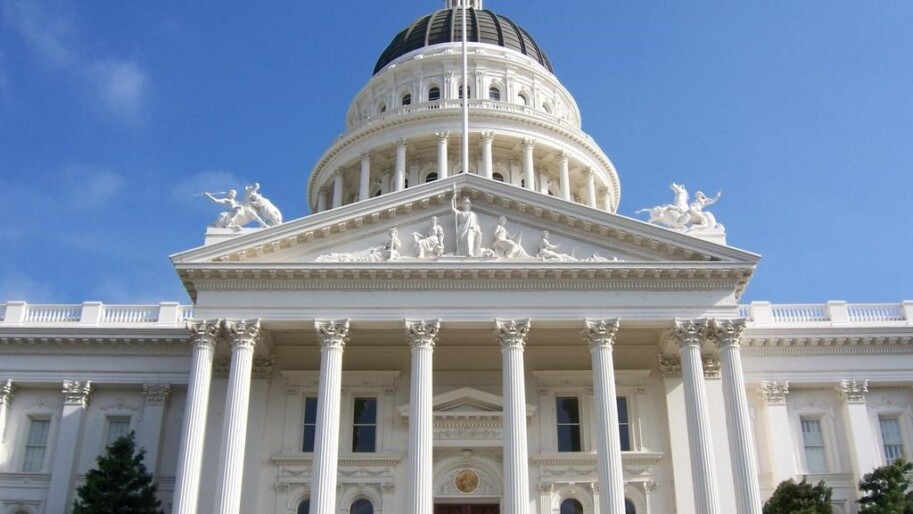Existing law requires the California Energy Commission, by January 1, 2021, to assess the potential for the state to reduce the emissions of greenhouse gases (GHGs) from the state’s residential and commercial building stock by at least 40% below 1990 levels by January 1, 2030. Existing law requires the CEC to include in the 2021 edition of the integrated energy policy report (IEPR) and all subsequent integrated energy policy reports a report on the emissions of GHGs associated with the supply of energy to residential and commercial buildings. Existing law requires the CEC to establish the Equitable Building Decarbonization Program that includes a direct install program and a statewide incentive program for low-carbon building technologies.
Existing law establishes the policy of the state to achieve net zero GHG emissions as soon as possible, but no later than 2045, and to ensure that, by 2045, statewide anthropogenic GHG emissions are reduced to at least 85% below the statewide GHG emissions in 1990.
This bill would require the CEC, on or before June 1, 2024, to identify an emission reduction strategy, with milestones, for the building sector to support achieving those carbon emissions reduction goals, as provided. The bill would require the CEC, on or before July 1, 2025, to implement the emission reduction strategy as a part of the Equitable Building Decarbonization Program and to take certain actions for purposes of implementing the strategy.

